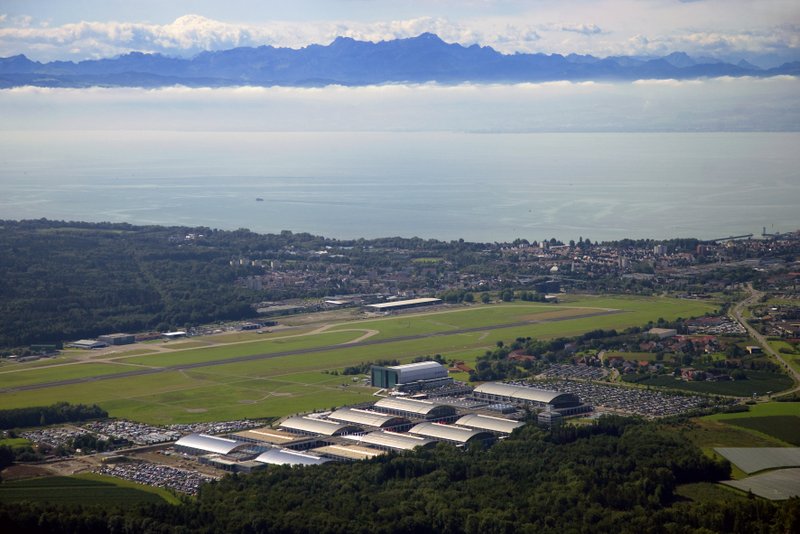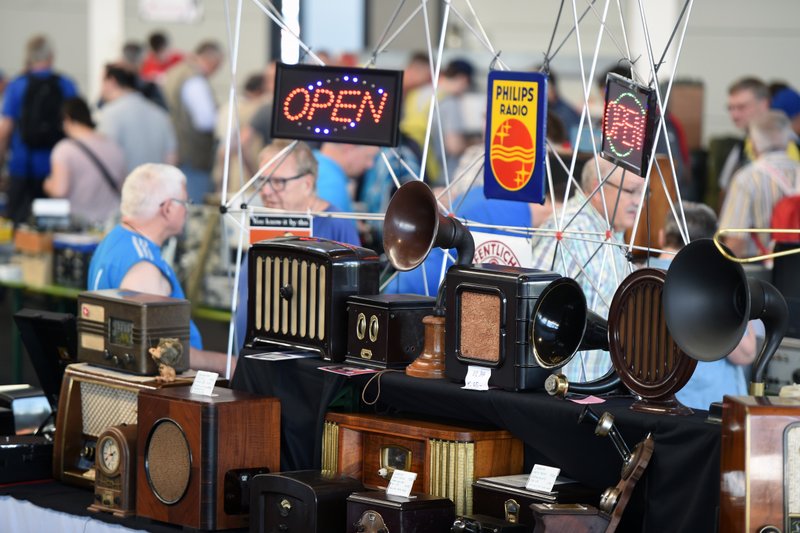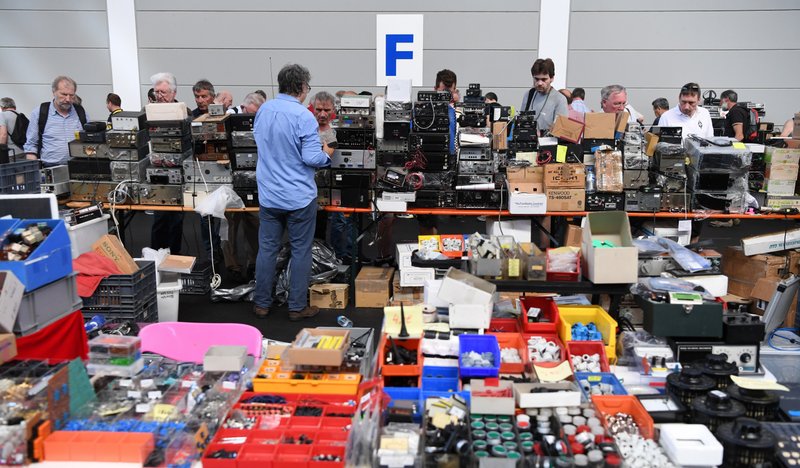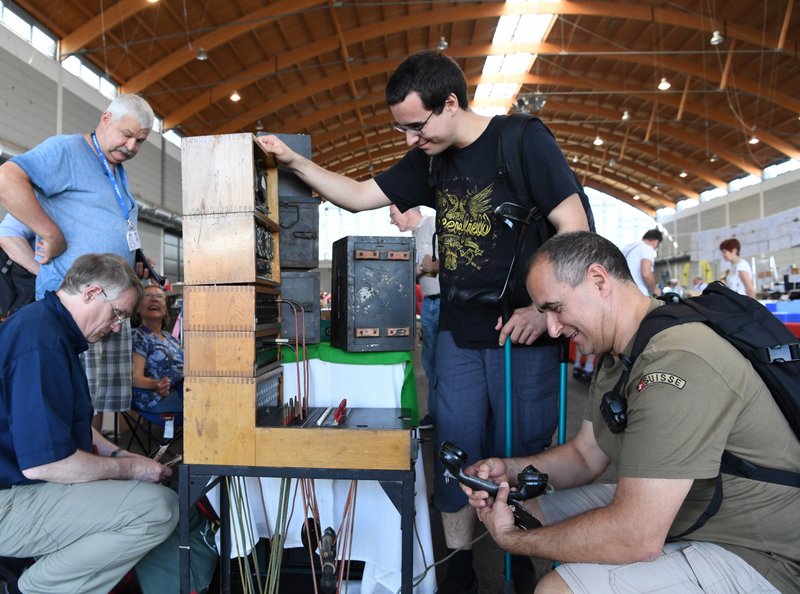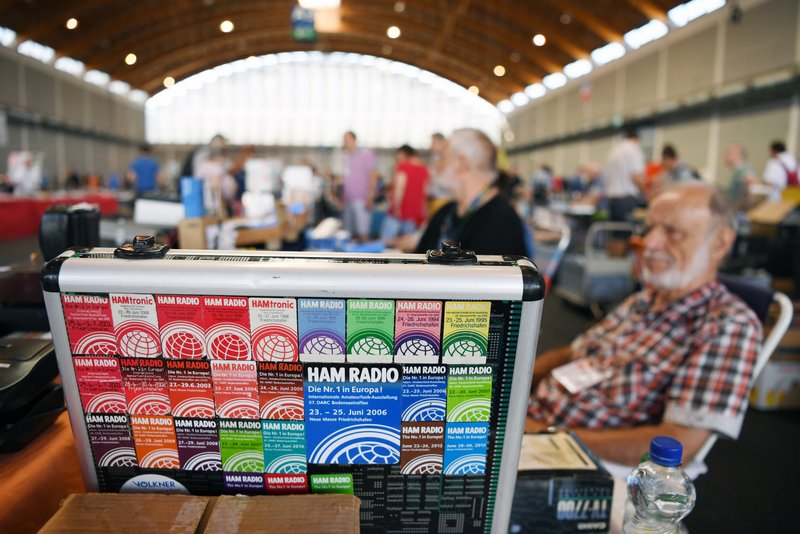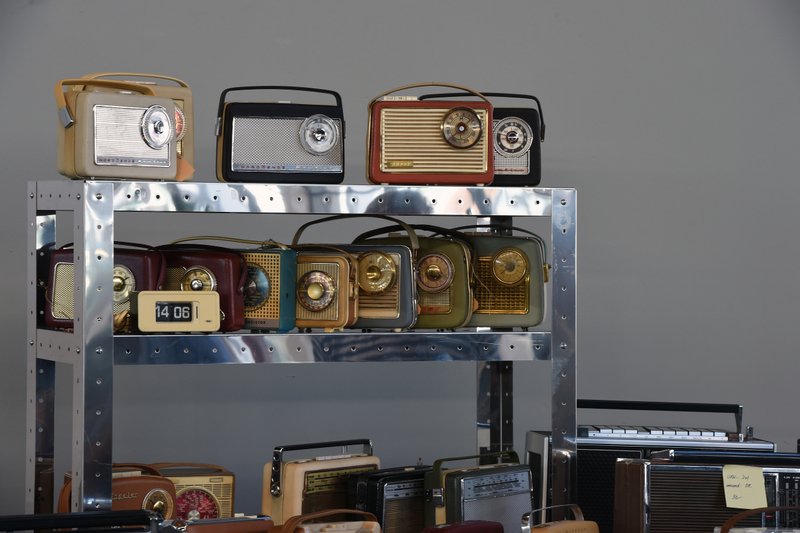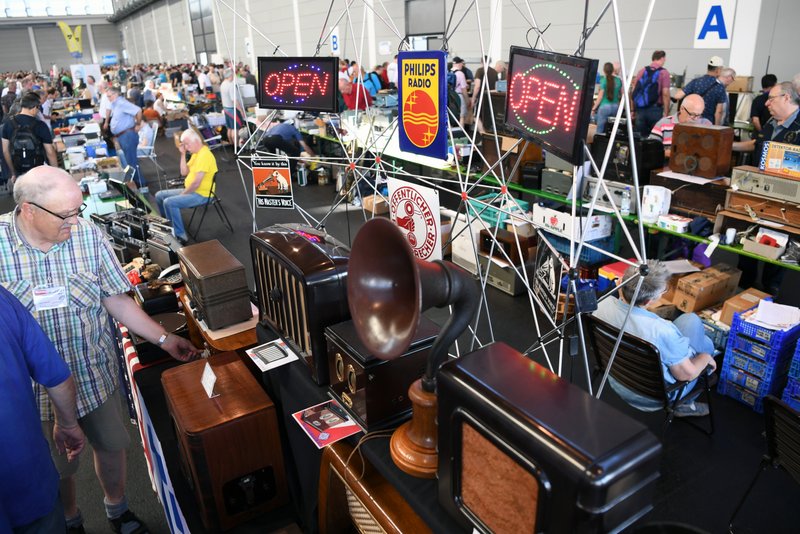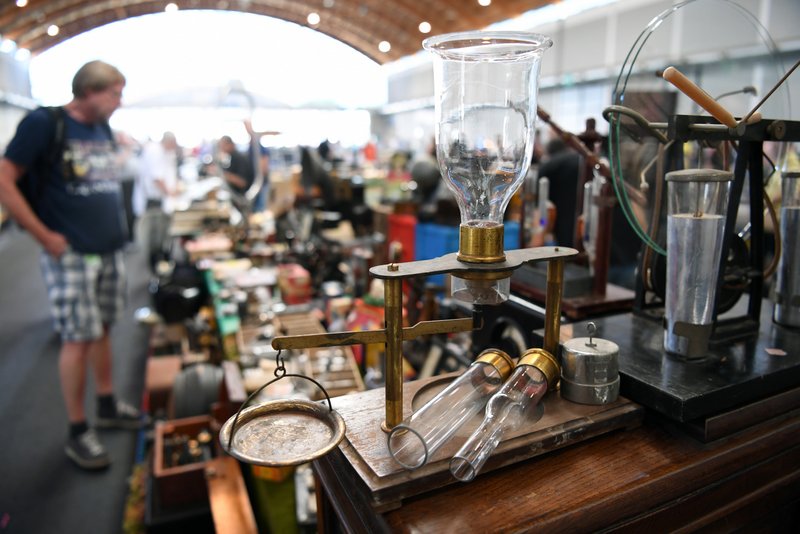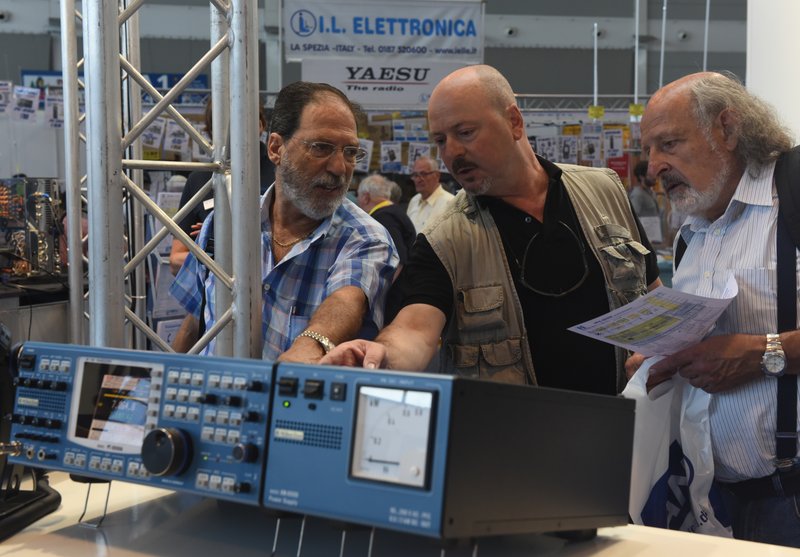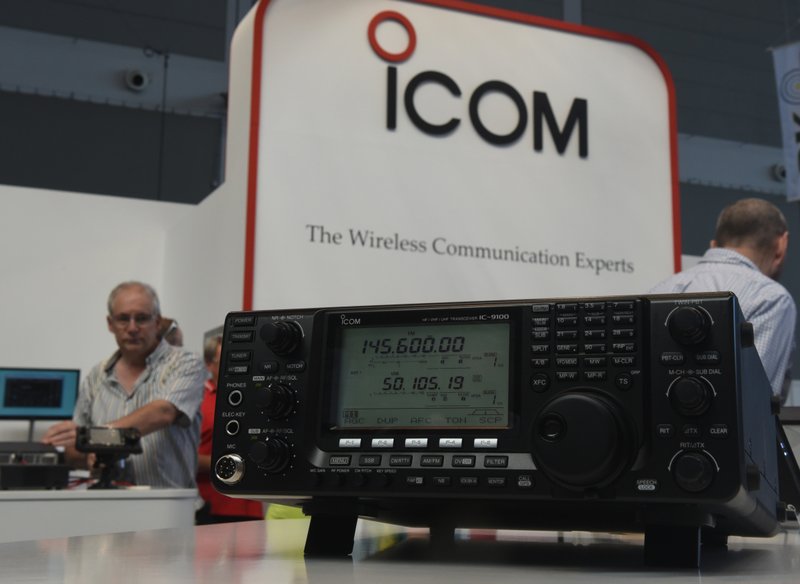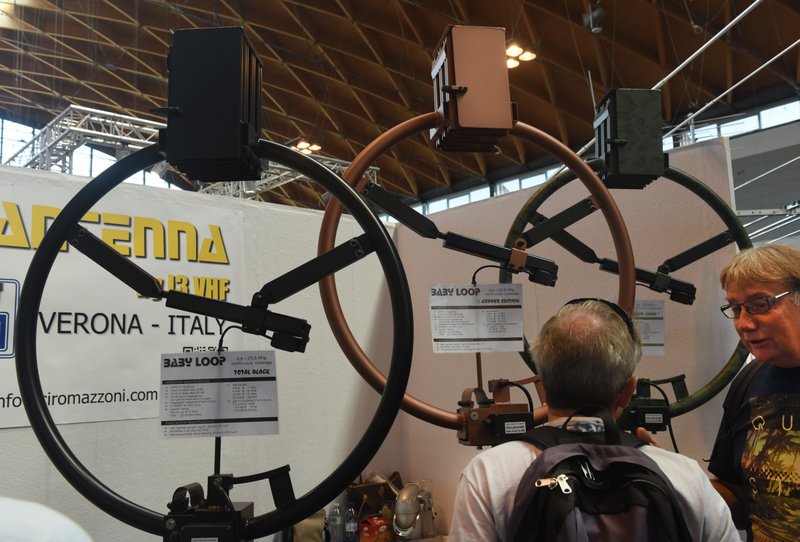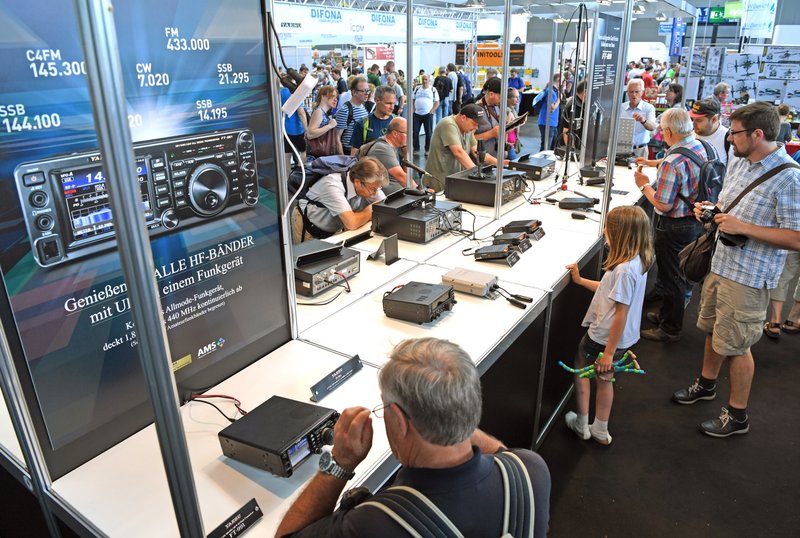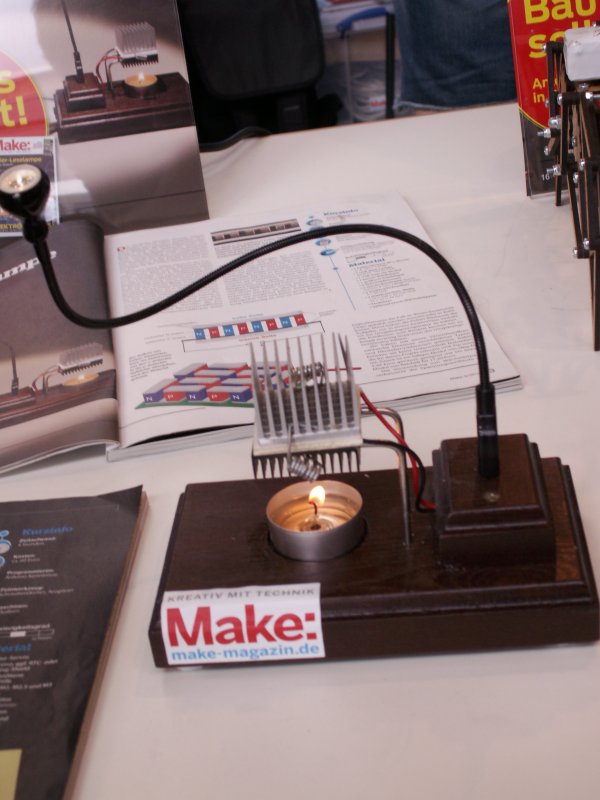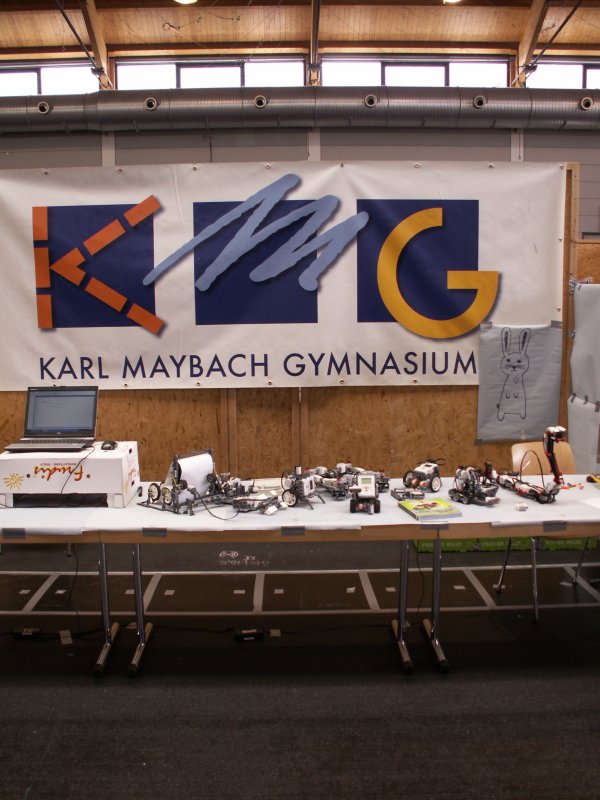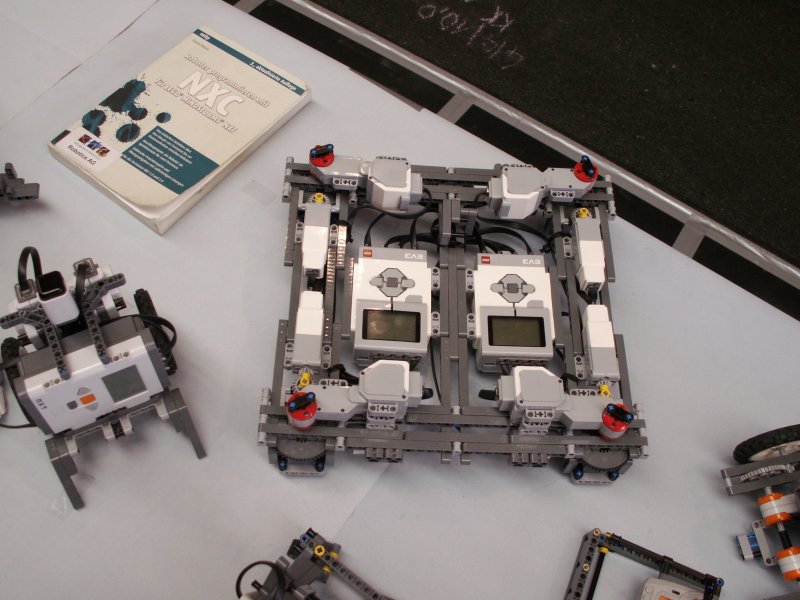 Shortly after posting my plea for your radio stories, I received several replies, including this excellent story from SWLing Post reader, Alexander von Obert, who lives in Germany.
Shortly after posting my plea for your radio stories, I received several replies, including this excellent story from SWLing Post reader, Alexander von Obert, who lives in Germany.
I have created a new series called Listener Posts, where I will place all of your personal radio histories. If you would like to add your story to the mix, simply send your story by email!
In the meantime, many thanks to Alexander for sharing his personal radio history:
Alexander von Obert (DL4NO)
My fate was sealed on my 12th birthday: As a present I got a redio experimenting kit (Kosmos Radiomann for the Germans among the readers). I could build a diode receiver (AKA detector receiver with a Germanium diode) from it. Adding an EF98 pentode (anode voltage 12 V) I could even build a tube audion, a 0V1 for the hams among the readers.
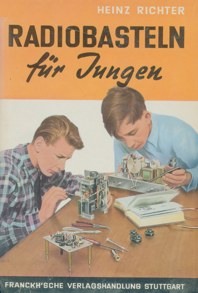 Within a few months I outgrew it. My father, an engineer himself but completely absorbed by his job, showed me where a soldering iron gets hot. I managed to get hold of old radio and TV sets including Audions from the 3rd Reich area (“Volksempfänger”). First I simply dismantled them out of curiosity. Then I discovered the public library of my home town. The author of the time was Heinz Richter with titles like “Radiobasteln für Jungen”(radio building for boys).
Within a few months I outgrew it. My father, an engineer himself but completely absorbed by his job, showed me where a soldering iron gets hot. I managed to get hold of old radio and TV sets including Audions from the 3rd Reich area (“Volksempfänger”). First I simply dismantled them out of curiosity. Then I discovered the public library of my home town. The author of the time was Heinz Richter with titles like “Radiobasteln für Jungen”(radio building for boys).
Naturally I even tried to use these radios – especially those I managed to repair. I even listened to shortwave stations. In these times you found quite some German transmissions, notably from the BBC and Radio Sweden. Later, when my English knowledge blossomed, I discovered an even wider universe out there.
Then came the time where I wished to transmit myself. I never considered to do a radio program, I enjoyed experimenting with my equipment to much. Here in Germany transmitting without proper license was a criminal offence so my tests were few. CB had not been introduced here in Germany at that time, but I learned about ham radio. Somehow I found out about my local club and their license course. So I got the proud owner of the call DB1NO, a VHF/UHF license without Morse code test.
A short time later started my military service. I had to do quite some night shifts, a good opportunity to train Morse code hearing. When my comrades saw my cassette recorder they disappeared knowing about the “music” I would be listening to over the next half hour. After two years I did the code test. I have been DL4NO ever since.
No question about it: After my military service I got an electronics engineer. What I learned at the university I quite often considered as the theoretical background of things that I had known before. In that time I discovered microprocessors. You had to build your machines by yourself. My first computer used a regular cassette tape recorder as “mass storage”. Only the fourth homemade machine had a floppy disk drive – of the 8″ form factor variety, with about 1 MB of capacity per medium. I could only laugh about the first IBM PC with its 320 kB floppies.
During that time ham radio was mostly a social activity for me. I held contact with the OMs around on 2m FM and had no shortwave station at all. Microprocessors, studies, and later my first job, occupied most of my time. OK, I even had discovered girls 🙂
Now, as my job slowly settles down, I have upgraded my ham radio activities. I have built a mobile station that can operate from 7 to 440 MHz. My most important objective is to reduce the effort as far as possible and to stay within the traffic regulatory. For example I have proven that you can operate a 100W SSB station from a standard 12V outlet. Down to 14 MHz you can even use magmounts without really bad effects.
vy 73
Alexander
DL4NO
Alexander also adds this note:
How I operate my station from a standard 12 V outlet in my car is described at http://www.dl4no.de/thema/mobil-st.htm. The picture and the circuit diagram at the bottom of the page should be clear enough even if you don’t understand German. At http://www.dl4no.de/thema/mobilbe0.htm you see how a magmount antenna works on 20 m. The magmount has 200-300 pF to the roof of the car. This is an impedance of about 50 Ohms, that can be compensated. The magmount moves the resonance frequency a bit higher as you can see in the SWR diagram.
Many thanks, Alexander, for sharing your story! Readers, be sure to check out Alexander’s ham radio website at http://www.dl4no.de.
Click here to read our growing collection of Listener Posts!
 Many thanks to SWLing Post contributor, Alexander (DL4NO), who writes:
Many thanks to SWLing Post contributor, Alexander (DL4NO), who writes:
